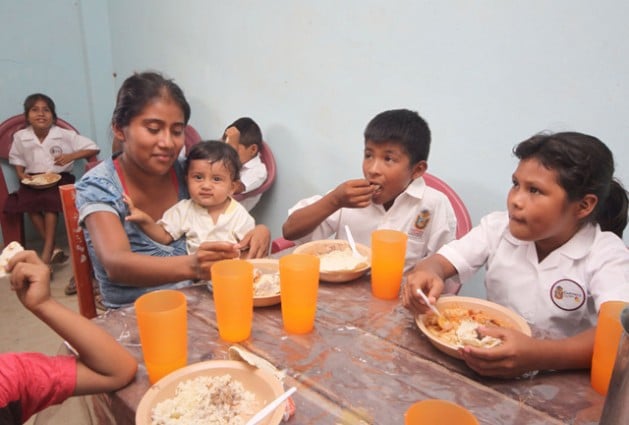Advertisements
The governments of Latin America must contain the health crisis of COVID-19. Alicia Bárcena is the Executive Secretary of the Economic Commission for Latin America and the Caribbean (Cepal). She pointed out, through a virtual conference, that 83.4 million people will face risk of a food crisis and hunger during 2020.
"We estimate that 16 million people will enter extreme poverty in the region, of which 10.7 million will be in urban areas and 5.7 million in rural areas," he said. Bárcena proposed the idea of delivering a bonus against hunger for six months. This to combat the problem of extreme poverty generated by COVID-19. "This bonus could be granted in the form of monetary transfers, baskets or food coupons to the entire population in a situation of extreme poverty."
Advertisements
In turn, Julio Berdegué, pointed out that Mexico faces various challenges. He is the Regional Representative of the Food and Agriculture Organization of the United Nations (FAO) for Latin America and the Caribbean. According to him, although the programs aimed at peasants by the government of President López Obrador seem well focused, they could be part of the solution to the crisis.

Food crisis in Latin America
Advertisements
He added that the south-southeast of the country will be the most vulnerable area. In addition, he highlighted the leadership of the Ministry of Agriculture and Rural Development (Sader) to convene the region's agriculture ministers. Thus it will be possible to create conditions to keep food trade channels open. That for one health crisis don't become a food crisis.
If the pandemic can be contained soon, and lockdowns are eased, parts of the economy could enjoy a recovery. In that scenario, expect a jump in spending on certain goods and services after months of pent-up demand. Especially by the workers who retained their jobs.
In general, don't expect a sudden recovery. Both businesses and consumers will be careful about spending. Social distancing is likely to remain common. That even after the worst of the virus passes. Also, if infections and deaths rise again after the situation appears to be under control, the economy may worsen.
The pandemic destroys the income of the poorest population and increases the risk of malnutrition. The governments of Latin America must join efforts so that a health crisis don't become a food crisis.



